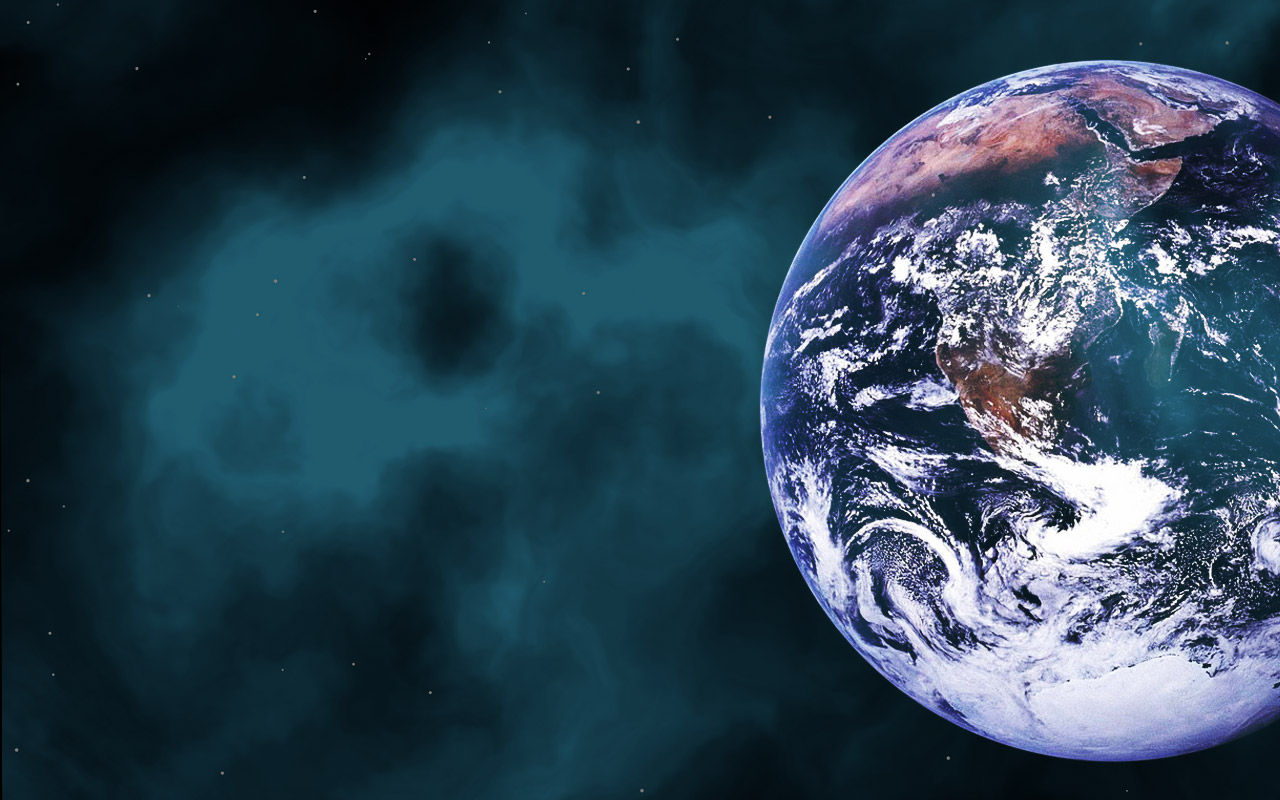
The Rohingya Refugee Crisis
By EMILY RUBINO
Since August, there has been escalating tension between the Rohingya ethnic group and the Burmese militia. According to Dewan of CNN, this conflict has led to over 582,000 refugees fleeing Burma and migrating into Bangladesh since the summer.
The Rohingya group was brought to Burma, or Myanmar, its current name, during the British rule of of the country. Ponniah from BBC News notes that the predominantly Muslim minority group claim that their ancestors have been in the region for generations and are legal citizens of Myanmar, a predominantly Buddhist country.
However, many Burmese people claim that the group’s presence is illegal, therefore they cannot claim true citizenship, Adam Taylor of the Washington Post reports.
The Rohingya, with a population of over 1 million, do not receive government services and have been subject to violent and intimidating forms of “ethnic cleansing” by the Burmese government, according to the UN High Commissioner for Human Rights, Zeid Ra'ad Al Hussein (Gibbens).
According to BBC News journalist Ponniah, the country has “refused access to human rights investigators” following reports of maltreatment of the Rohingya, but the United Nations has secured “multiple reports and satellite imagery of security forces and local militia burning Rohingya villages, and consistent accounts of extrajudicial killings, including shooting fleeing civilians.”
Although the conflict between the people of Myanmar and the Rohingya is not new, tension has increased significantly in the past year.
In August, Rohingya militants “killed 12 security officers in border post attacks” that led to intensifying violence within the country, CNN’s Wright and Westcott state.
Increasing disorder and assaults are the root causes for the hundreds of thousands of Rohingya fleeing Burma over the past month. According to Ramzy from the New York Times, refugees have described the proliferation of murder, rape, and destruction within their communities as Burmese forces continue their military crackdown on the Rohingya people.
Large camps holding these refugees in Bangladesh and India, in addition to other Asian countries like China and Malaysia, have provided temporary relief, but according to National Geographic’s Gibbens, “devastating floods in India and Bangladesh over this past summer have worsened conditions in refugee camps and led to a cholera outbreak, water shortages, and malnutrition.”
Even escaping Myanmar has proved dangerous, as a boat containing Rohingya refugees “capsized, drowning dozens who couldn’t swim” only two weeks ago. Claims of “mines planted by [Burmese] soldiers” across the border between Burma and Bangladesh have also been reported (Ingber, NPR).
The United Nations refugee agency has asked neighboring countries of Myanmar to open their borders to the thousands of refugees fleeing persecution, as there is another UN advisory commission planned soon that will look into the violent situation, Ponniah reports.
Works Cited:
Dewan, Angela. “Who Are the Rohingya and Why Are They Fleeing?” CNN, Cable News
Network, 13 Sept. 2017,
www.cnn.com/2017/09/05/asia/rohingya-myanmar-explainer/index.html.
Gibbens, Sarah. “Myanmar's Rohingya Are in Crisis-What You Need to Know.” National
Geographic, National Geographic Society, 29 Sept. 2017,
news.nationalgeographic.com/2017/09/rohingya-refugee-crisis-myanmar-burma-spd/.
Ingber, Sasha. “PHOTOS: Intimate Pictures Capture The Pain Of The Rohingya.” NPR, NPR, 8
Oct. 2017,
www.npr.org/sections/goatsandsoda/2017/10/08/554542946/photos-a-photographers-inti
mate-view-of-what-the-rohingya-crisis-looks-like.
Ponniah, Kevin. “Who Will Help Myanmar's Rohingya?” BBC News, BBC, 10 Jan. 2017,
www.bbc.com/news/world-asia-38168917.
Ramzy, Austin. “Rohingya Refugees Fleeing Myanmar Await Entrance to Squalid Camps.” The
New York Times, The New York Times, 18 Oct. 2017,
www.nytimes.com/2017/10/18/world/asia/rohingya-refugees-myanmar.html.
Taylor, Adam. “Analysis | How Burma’s Rohingya Crisis Went from Bad to Worse.” The
Washington Post, WP Company, 6 Sept. 2017,
Wright, Rebecca, and Ben Westcott. “At Least 30,000 Rohingya Trapped in Myanmar Mountains
without Food.” CNN, Cable News Network, 4 Sept. 2017,
www.cnn.com/2017/09/04/asia/rohingya-refugees-myanmar-military/index.html.
